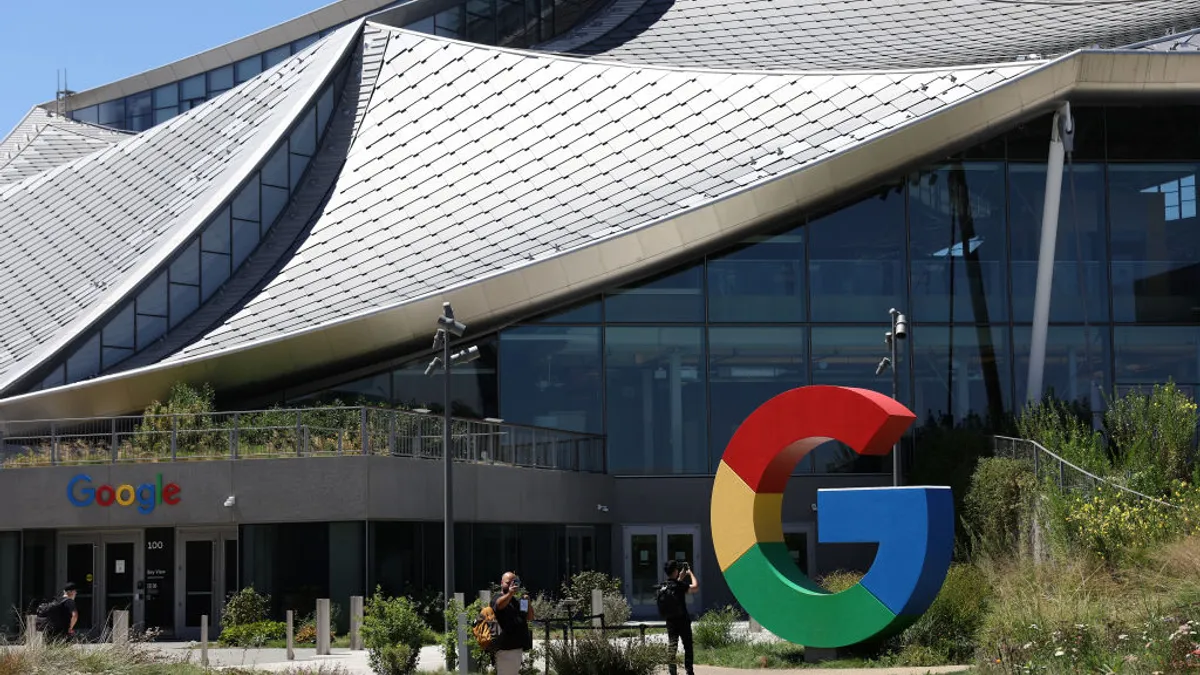Brief:
- E-commerce shopping apps have shown faster user growth than the apps of traditional retailers this year, according to a study from App Annie made available to Mobile Marketer. The top "digital-first" shopping apps such as Amazon, Etsy and Zulily saw more than 60% growth in total user sessions in the first half of 2017 from a year earlier, compared to a 50% increase for apps from brick-and-mortar retailers.
- The study also found that U.S. consumers spend about 10 hours per year shopping on smartphone apps. People tend to browse traditional retailers while on the go — perhaps while shopping in the aisles of a brick-and-mortar — while digital-first apps like Amazon were most often used while on Wi-Fi at home or at work, according to TechCrunch.
- App Annie predicts that U.S. consumers will spend more than 12 million hours in the top five digital-first apps on Black Friday and Cyber Monday this year during the holiday season, which is 40% more hours than last year.
Insight:
AppAnnie's report analyzes previous years' data to provide some predictions for the upcoming holiday season. This includes forecasts that suggest mobile shopping apps from e-commerce companies and traditional retailers will show notably more user interactions than last year, potentially through an increase in app-only deals and more in-store features like beacons and mobile payment options, per TechCrunch. The research group's findings also reinforce the meteoric rise in popularity of e-commerce brands, which are quickly beating out their traditional competitors not just on desktop but also in the mobile app space when it comes to online shopping. This has helped spur what the media has deemed an "apocalypse" for brick and mortars, though the holiday season could show some turnaround.
Stemming from that, the App Annie study signals that traditional retail marketers must recognize that simply having a mobile app and persuading consumers to download it and browse for items isn't the ultimate goal. Once they're in it, marketers need to encourage them to continue to make mobile purchases with exclusive promotions and a solid, seamless user experience that reduces friction. Brick-and-mortar marketers may look at the disparity in growth rates between digital-first app sessions and their own and see it as a positive sign that shoppers could be spending more time in their physical stores. However, App Annie points out that this could also mean physical stores are seeing fewer opportunities and less time to convert mobile app users into purchasers.
Other recent studies have underscored the healthy growth in shopping app downloads over the past two years. Seeing a strong first half of 2017 might be particularly encouraging as retailers enter their busiest and most critical shopping period.









